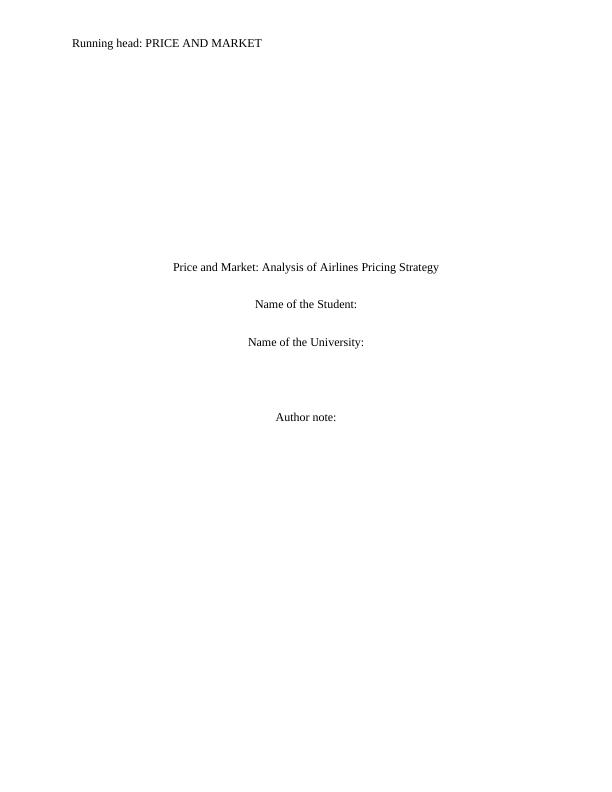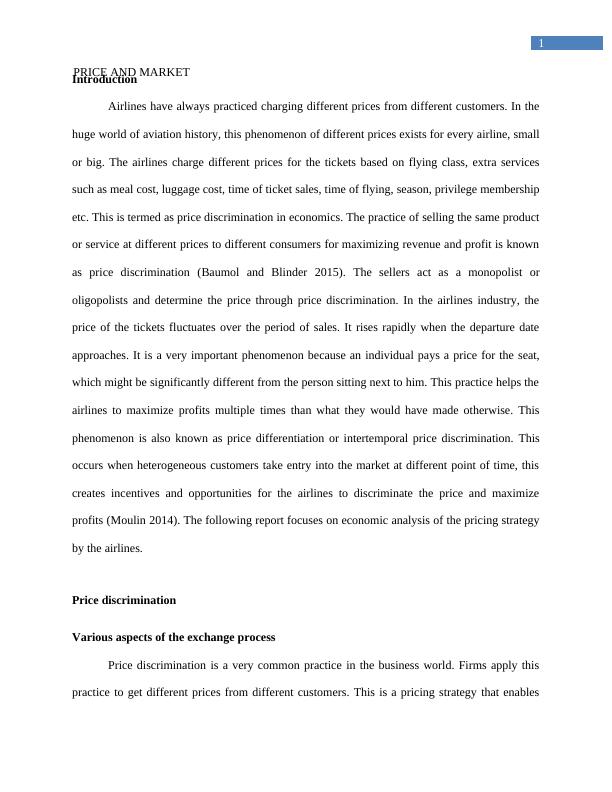Analysis of Airlines Pricing Strategy Assignment
Added on 2020-02-18
10 Pages2536 Words123 Views
End of preview
Want to access all the pages? Upload your documents or become a member.
Economic Assignment | Price discrimination
|6
|767
|48
Aviation Advanced Economics
|7
|1109
|60
Third Degree Price Discrimination in the Airline Industry
|9
|1156
|46
Assignment on Economics for Business and Concept of Comparative Advantage
|6
|793
|38
Microeconomics Elasticity Of Demand Assignment
|14
|2894
|87
(solved) Economics Assignment Sample
|7
|829
|324



